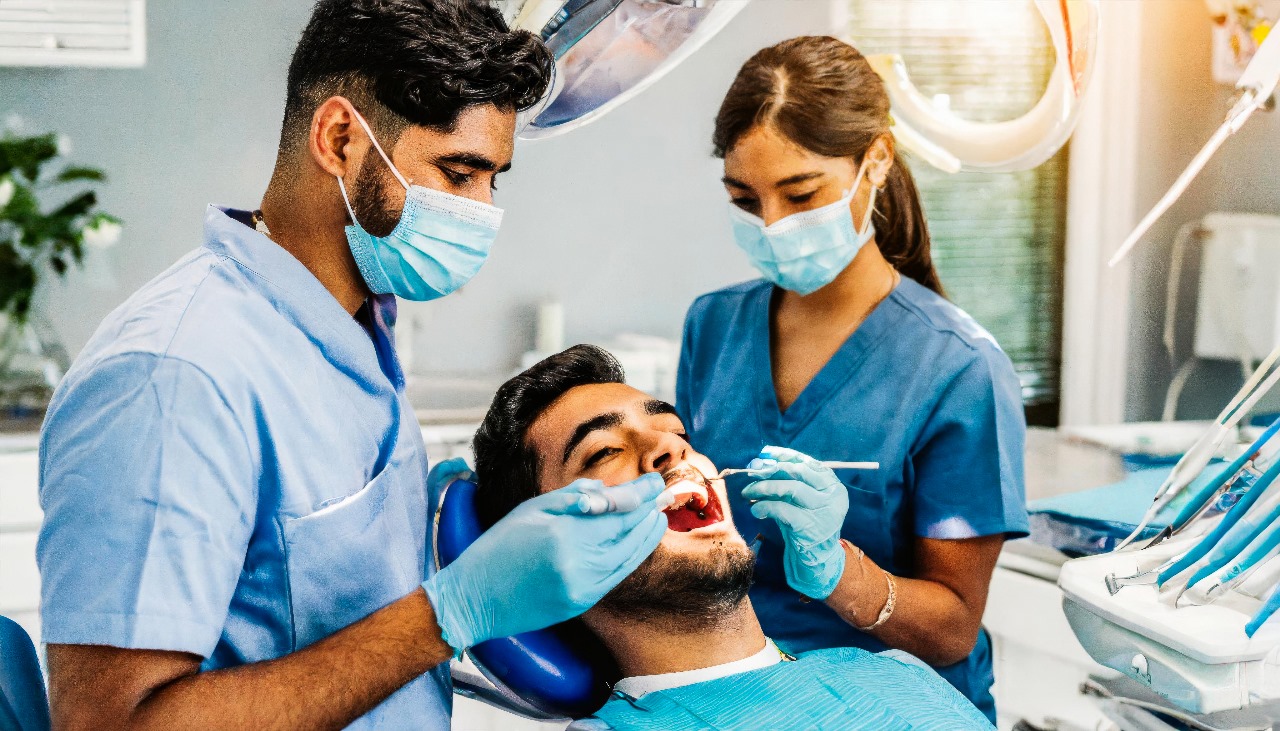Traumatic injuries to the teeth require careful attention and proper intervention to support recovery and maintain oral health. These types of injuries are a common focus for endodontic specialists and demand a thoughtful management approach. Here are some insights and recovery guidelines to effectively address traumatic injuries and support a healthy smile.
1. Dislodged Teeth
A tooth can become dislodged due to traumatic injuries, causing it to be partially pushed out of its socket. The degree of displacement determines the treatment approach. Immediate care involves repositioning the tooth to its natural position and stabilizing it with a flexible splint. In cases of traumatic injuries, antibiotics and tetanus updates may support recovery if needed. Radiographic assessments are key to identifying fractures or other complications. Following stabilization, the tooth should be closely monitored by a dental professional.
2. Avulsed Teeth
An avulsed tooth is a serious dental emergency where the tooth is completely displaced from its socket. Prompt action is key, as reimplantation within 30 minutes offers the best chance of saving the tooth and achieving long-term success. When a tooth is avulsed, it should be handled carefully by the crown (the top part of the tooth), avoiding contact with the root to minimize damage to the sensitive tissue. The tooth should be gently rinsed with saline or milk to remove debris, but it should never be scrubbed or exposed to harsh chemicals, as this could harm the cells needed for reattachment.
Once the tooth is reimplanted by a dental professional, it should be stabilized with a flexible splint to allow initial healing. A dentist will typically perform radiographic evaluations to check for root fractures, alveolar bone damage, or other complications that could affect the tooth’s prognosis. Follow-up care may be required to manage potential complications like root resorption or infection, which can occur after reimplantation. Long-term monitoring is also needed to keep the tooth stable and functional. With proper and timely treatment, an avulsed tooth can often be successfully preserved, restoring both function and appearance.
3. Apexification
Apexification is a procedure used to manage non-vital teeth with incomplete root development. This treatment encourages the continued growth of the root’s apex by creating an apical barrier using materials like calcium hydroxide or mineral trioxide aggregate (MTA). Proper disinfection of the canal before placing the material is fundamental to success. Monitoring the tooth post-procedure helps detect any signs of infection or resorption. This approach strengthens the tooth’s structure and increases the likelihood of long-term retention.
4. Apexogenesis
Unlike apexification, apexogenesis is employed for teeth with incomplete root development. This procedure promotes the natural formation of the root apex while preserving the pulp’s vitality. It is commonly used in young patients to encourage continued root growth and strengthen the tooth structure.
The procedure involves removing infected pulpal tissue and placing a biocompatible material, like MTA, to encourage healing and continued root elongation. Regular follow-ups are necessary to monitor pulpal health and root development. This procedure is particularly relevant for younger patients, as it avoids compromising natural tooth growth.
Restore Your Smile After Traumatic Injuries
When encountering dental injuries, early intervention plays a significant role in recovery success. Comprehensive assessments, informed treatment choices and dedicated follow-ups are integral to restoring function and preserving oral health. For assistance in managing complex dental trauma cases, connect with experienced professionals who specialize in endodontic care. Their expertise can make a difference in preserving natural teeth and avoiding further complications.
- How a Gastroenterologist Can Help with Chronic Digestive Disorders
- How to Prepare for Cataract Surgery
- How To Create a Personalized Weight Loss Plan
- The Importance of Foot Care for Diabetes: Prevention Tips You Need
- Cutting vs. Polishing Tools in Dentistry: Key Differences Every Dental Professional Should Know


Leave a Reply